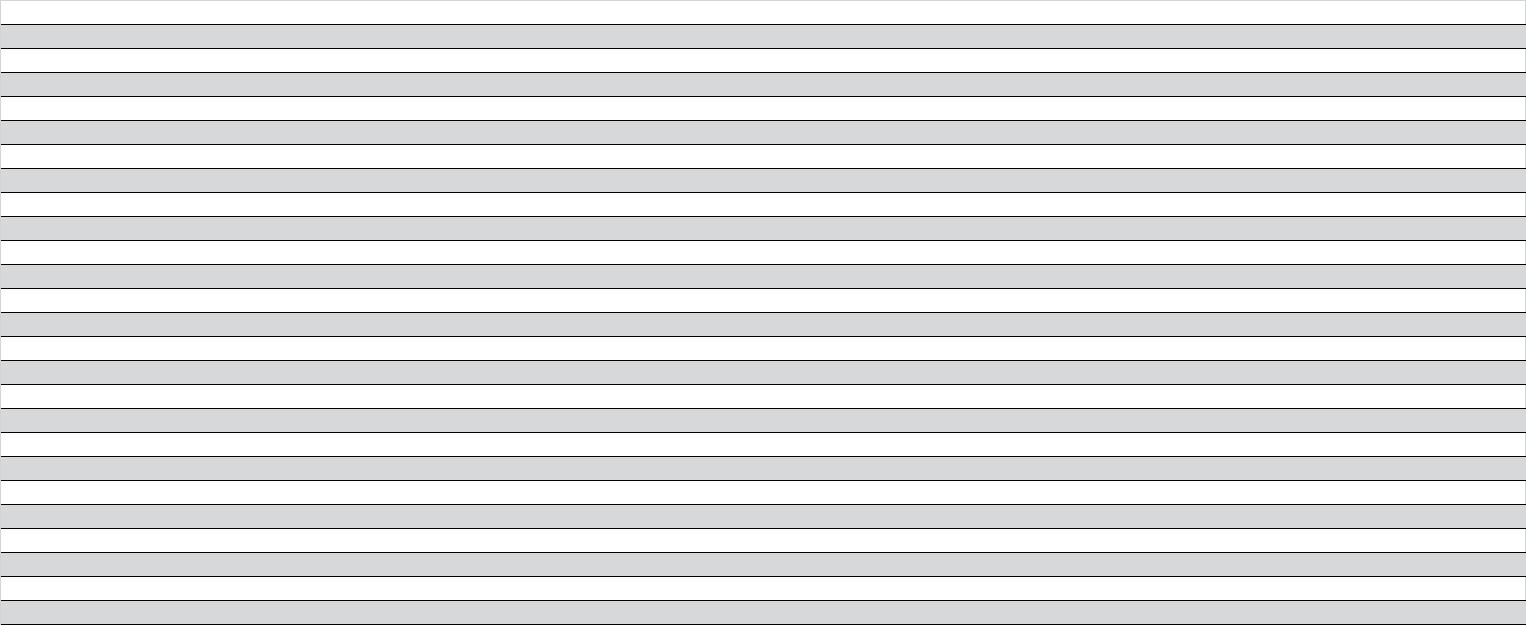Market Update
June 2024 Review

Our purpose
To create a place where we can facilitate our people’s growth.

June 2024 Review

To create a place where we can facilitate our people’s growth.

Family.
Our colleagues are our broader family, assist when needed and when in need.

Mutuality.
Respect our colleagues and our clients as you would like to be respected.

Embrace change.
Strive for excellence; be open minded and willing to embrace change.

Realising potential. Unlock your full potential, encourage and support your colleagues.

Health and energy. Work towards being well balanced within yourself.
Dean O’Brien
Investor Update: Melbourne Residential Market
Overview: The Melbourne residential real estate market has demonstrated resilience and growth through the first half of 2024. Following the adjustments in both state and federal budgets, the market is poised for a period of sustained growth, marked by increased investor interest and strategic development opportunities.
Market Trends: Current trends indicate a robust demand for residential properties, particularly in suburban areas where buyers seek more space and better value for money. The median house price in Melbourne has risen by 3.5% over the past quarter, signaling a strong recovery post-pandemic. This trend is supported by low interest rates, which remain at nearhistoric lows, enhancing borrowing capabilities and investment returns.
Government Initiatives: The Victorian Government's recent budget announcements have been favorable for the residential market. Key initiatives include substantial investment in infrastructure, particularly in transportation, which improves accessibility and boosts property values in the affected regions. Additionally, the extension of the First Home Owner Grant and stamp duty concessions for properties under $1 million continues to stimulate the lower end of the market, facilitating entry for new home buyers and investors alike.
Investment Opportunities: The market's current dynamics offer lucrative opportunities for both domestic and international investors. The eastern and southeastern suburbs are witnessing significant interest due to their proximity to key amenities and attractive lifestyle options. For investors, the focus is on high-growth potential areas, with predictions for increased rental yields as the market stabilizes.

Challenges and Risks: Investors should remain cautious of potential regulatory changes that could affect investment dynamics, such as modifications in property taxes or rental laws. The global economic outlook also presents uncertainties that could impact foreign investment and exchange rates, influencing the purchasing power of international buyers.
Conclusion: The Melbourne residential market presents a compelling opportunity for investors looking to capitalize on the region's growth and stability. With supportive government policies and a strong economic foundation, the outlook for the second half of 2024 remains optimistic. Investors are encouraged to focus on long-term growth prospects and consider diversifying their portfolios to mitigate risks associated with market fluctuations.
For further details or to discuss investment strategies, please contact your advisory team.
Regards Dean O’Brien
Do you have an investment property? Transfer management to us ... it's easy.

Step 1: Assessment
Simply call and speak to our experienced Growth Specialist who will review and assess, collecting some information to commence the hand over process.
Step 2: Authorise
At this stage, we will gather all required documentation authorising our team to take over the file and begin an in depth analysis of your property.

Step 3:
OBrien Real Estate hand over We take it from here, managing contacts, assessments, and file transfers. We'll also liaise with your tenant for inspections or introductions.
Reason #1
Inter-office promotion and selling increasing your property’s exposure. Latest prospective renter database.
Reason #2
Local area specialists, highly skilled and trained property managers across all offices.
Reason #3
time.
Our low days on market can translate into marketing savings. Less time on market ensures you receive the best possible price. Access
Reason #4
All property managers receive specialist industry training and have regular meetings.

Reason #5





$1,080,000 - $1,180,000
- $710,000
- $800,000
- $880,000 $570,000 - $610,000 $570,000 - $610,000
$610,000 - $671,000
$750,000 - $825,000
$770,000 - $820,000
$990,000 - $1,080,000
$865,000 - $890,000
$460,000 - $500,000
$550,000 - $600,000
$1,180,000 - $1,280,000
$470,000 - $510,000
$530,000 - $580,000 $690,000 $820,000 $1,140,000 $990,000 $705,000 $965,000 $701,000 $595,000 $1,251,111 $700,000 $807,500 $915,000 $648,000 $648,000 $660,000 $850,000 $800,000 $1,000,500 $875,000 $551,000 $560,000 $1,260,000 $500,000 $605,100





$490,000 - $510,000 $685,000 - $753,000
$895,000 - $984,500
- $720,000 $550,000 - $600,000 $690,000 - $750,000 1,750,000 - $1,925,000
$495,000 - $544,500
$850,000 - $920,000
$760,000 - $810,000
$470,000 - $500,000
$675,000 - $725,000
$895,000 - $984,500
$1,080,000 - $1,180,000
$790,000 - $869,000
$950,000 - $1,045,000
$1,280,000 - $1,380,000
$790,000 - $869,000 $485,000 $545,000 $515,000 $735,000 $1,650,000 $899,000 $721,000 $516,000 $970,000 $695,000 $600,000 $731,000 $1,755,000 $525,500 $900,000 $785,000 $494,000 $690,000 $901,000 $1,150,000 $800,000 $1,025,000 $2,550,000 $800,000





$2,302 $2,520 $2,433 $2,259 $2,389 $2,867 $2,389 $2,085 $2,672 $2,216
$2,693 $2,824 $2,520 $2,911 $2,302 $2,607 $2,824 $2,628 $2,476 $2,302 $2,824 $2,954 $2,780 $2,954 $2,607 $2,172 $2,172

Perth Houses: 8-10% Units: 4-5%
AustraliaCapitals Houses: 4-7% Units: 3-5%
3-6%
2-4%
Adelaide Houses: 7-9% Units: 4-6%
Melbourne Houses: 0-2% Units: 2-4%
Regionals Houses: 2-3% Units: 1-3%
Regional NSW Houses: 0-3% Units: 1-3%
Sunshine Coast Houses: 2-5% Units: 3-4%
Brisbane Houses: 6-8% Units: 4-6%
Gold Coast Houses: 3-6% Units: 3-4%
Sydney Houses: 6-8% Units: 4-6%
Canberra Houses: 0-4% Units: 1-4%
Regional VIC Houses: -3-0% Units: 1-2%
2-4%
3-4%

Population
Demand has escalated in line with housing composition changes, demographic shifts and strong population growth. The rise in single-person households and a decrease in household size have heightened housing demand, compounded by significant migration. Australia faces a housing shortage, with these demanddriven pressures accumulating over time and unlikely to dissipate in the short term. Despite attempts to cap migration, current levels are higher than they would have been without the pandemic. The FY25 migration program is limited to 185,000 applicants, with discussions for further reduction. However, drastic cuts to migration levels are improbable due to concerns about reignited skill shortages and higher cost of living.
Limited supply will be a dominating factor positively influencing home prices. Home building has struggled to keep up with population growth due to the scarcity of land, weak building approvals and high construction costs, plus the existing structural undersupply. While construction input costs, including materials and wages, have increased significantly, there has been a slower rise in output costs. The construction sector's absorption of increased costs, combined with labour shortages and supply-chain bottlenecks, has further hampered supply. To increase investment in new home construction, either building costs must decrease, or the prices of existing homes must rise. With construction costs showing signs of slowing but not declining, it appears that housing prices will need to increase to stimulate greater levels of supply.
A double win for greater borrowing power could provide further momentum to Australia’s housing market. As of July 1, stage 3 tax cuts will mean more money hits Australian households, lifting borrowing capacity and, therefore, buying power across the country. In essence, some may opt to upsize their budgets, which could be an extra auction bid or two. For others, it could be the difference in providing that bit of extra borrowing capacity to bring more buyers to market, speeding up their home ownership journey. The double winner for prospective buyers will be a timely cut to interest rates, anticipated mid-FY25.
A decline in real incomes will worsen affordability. Living costs are rising faster than wages – up 18% and 12% respectively since March 2020 – resulting in a decline in real incomes and making it harder to save, pricing out swathes of buyers.1,2 Additionally, house prices rose 36% and unit prices 10% across the combined capitals. If wage growth stays at its current level we will continue to see stretched affordability and dampened demand. Especially with high interest rates, many may choose to delay their decision to buy or will look for more affordable areas, exerting downwards price pressure on the market.
A significant rise could pose a risk. Australia’s unemployment rate hit a 3.5% low in 2022 but has since increased to 4% in May 2024. The federal government forecasts unemployment to rise to 4.5% in FY25,3 as the skills shortage is further alleviated and economic circumstances “normalise”. The 0.5% increase will see a further 74,000 people lose their jobs on top of the 598,900 already unemployed.4 Rising unemployment will dampen housing demand as budgets become stretched and property journeys are delayed or unattainable. The combination of high interest rates and rising unemployment could cause an increase in mortgage arrears and distressed sellers, exerting downwards price pressure. This is more likely to be witnessed across city mortgage belts.
Any further decline in consumer sentiment could weigh on housing turnover. The mood of Australians has been deeply pessimistic – close to recessionary sentiment levels — as consistently higher inflation and interest rates make a mark. Despite the FY25 federal budget attempting to relieve some of these cost-of-living pressures, if interest rates stay high for longer and inflation remains sticky it will continue to have a negative impact. Pessimistic consumer sentiment can dampen housing demand as home buyers choose to delay buying property for fear of financial stress or getting into a mortgage they can’t service if the cost of living keeps growing. Without timely rate cuts and cost-of-living pressure relief, consumer sentiment is likely to continue dwindling, dampening demand and creating downward pressure on prices.
References
1 https://www.abs.gov.au/statistics/economy/price-indexes-and-inflation/consumer-price-index-australia/latest-release
2 https://www.abs.gov.au/statistics/economy/price-indexes-and-inflation/wage-price-index-australia/latest-release
3 https://budget.gov.au/content/bp1/download/bp1_bs-2.pdf
4 https://www.abs.gov.au/statistics/labour/employment-and-unemployment/labour-force-australia/latest-release. Based on seasonally adjusted figures.
